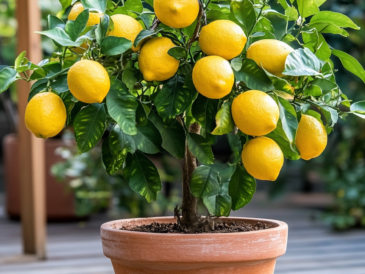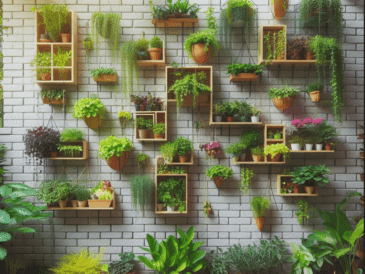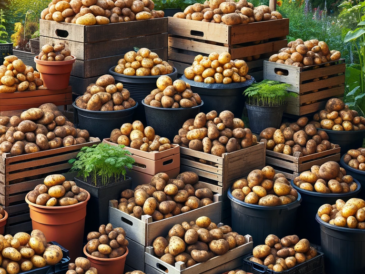10. Improves Soil Health
- Why: Magnesium and sulfur from Epsom salt enrich the soil, making it more fertile.
- How: Mix Epsom salt into the soil at planting (1 tablespoon per square foot).
11. Helps Roses Thrive
- Why: Roses benefit greatly from the magnesium in Epsom salt, leading to healthier foliage and blooms.
- How: Add 1 tablespoon of Epsom salt to the soil around rose bushes monthly.
12. Aids in Photosynthesis
- Why: Magnesium is vital for photosynthesis, the process by which plants convert sunlight into energy.
- How: Apply a foliar spray (1 tablespoon per gallon of water) every 2-4 weeks.
13. Corrects Yellowing Leaves
- Why: Yellowing leaves can be a sign of magnesium deficiency, which Epsom salt can correct.
- How: Water plants with a solution of 1 tablespoon of Epsom salt per gallon of water.
14. Encourages Bushier Plants
- Why: Epsom salt can help plants grow fuller and bushier.
- How: Sprinkle Epsom salt around the base of plants and water well.
15. Provides Essential Nutrients for Tomatoes and Peppers
- Why: Tomatoes and peppers are heavy feeders and often benefit from the additional magnesium.
- How: Add 1 tablespoon of Epsom salt to the planting hole or water with a solution (1 tablespoon per gallon of water) every 2 weeks.
Tips for Using Epsom Salt in the Garden
- Always test your soil before extensive use to ensure it needs additional magnesium.
- Avoid overuse, as too much magnesium can interfere with the absorption of other essential nutrients.
- Combine Epsom salt with regular fertilization to provide a balanced nutrient profile.
Incorporating Epsom salt into your gardening routine can lead to healthier plants, more vibrant blooms, and higher yields, making it a valuable tool for any gardener.
Pages: 1 2



